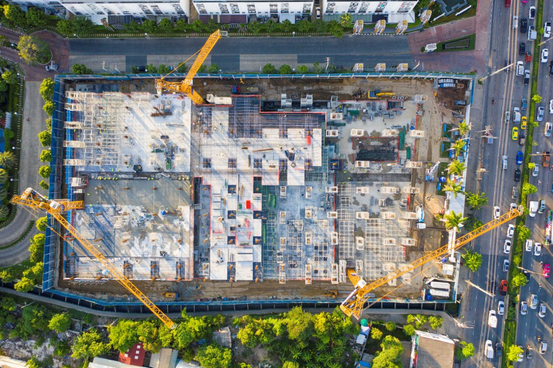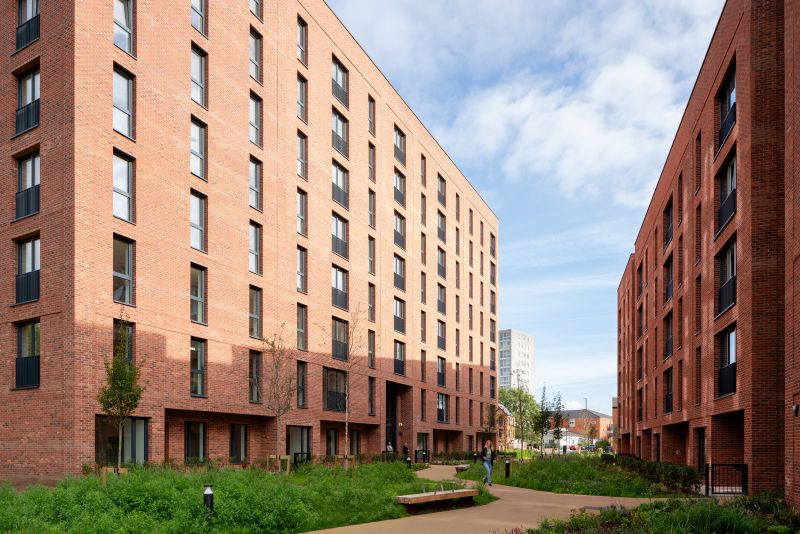Capital programmes worth £1.6trn and projects through to 2040 are currently unfunded, potentially risking the completion of critical infrastructure and energy transition projects, according to a new EY report.
The EY report, Mind the (Investment) Gap, attributes the funding shortfall to a combination of economic headwinds driving up the cost of capital projects and the extensive investment required to meet the UK’s long-term economic, social, strategic, environmental and defence priorities.
EY analysis suggests that if the UK maintains historical levels of capital spending up to 2040, adhering to current fiscal rules capping borrowing and debt, then it would be in line to commit £1.8trn in cumulative capital spending over the next 15 years. However, the report identifies an additional £1.6trn of projects and programmes that are currently unfunded by 2040.

The UK government may allocate future spending over the next 15 years to cover this shortfall. However, by using historic patterns of government spending on existing versus new projects, EY analysis estimates that only around half of the £1.6trn could be covered by government investment by 2040, leaving a potential funding shortfall of at least £700bn.
Based on the projections, meeting the remaining shortfall without government spending would require private sector investment in UK infrastructure to more than double from the £568bn currently projected to be required by 2040.
Future risks could also see the £700bn deficit increase. If the same level of infrastructure project cost overruns of the last decade recur in the coming 15 years, almost £1trn could be added to the shortfall, with a further £390bn if further geopolitical tensions escalate to economic strains like inflation and more defence spending.
The report assesses the UK’s existing and forecast capital spending commitments identified by the National Infrastructure Commission, the Department for Health and Social Care, and the Ministry of Defence. This includes a wide range of projects, from new road and rail projects to decarbonising public buildings and funding social infrastructure like hospitals and schools. It also includes increased defence commitments including the UK seeking to meet a target of spending 2.5% of GDP on defence.
This high collective cost is partially due to the impact of economic headwinds. Persistently high levels of inflation have already significantly increased the cost of capital projects in recent years. PPI inflation, an indicator of manufacturer and infrastructure costs, peaked at 24.4% in the UK in 2022, meaning that a capital project undertaken in the UK in 2016 was on average already 46% more expensive by 2022.
Meanwhile, UK debt interest payments increased threefold from £38bn in 2019-20 to £104.7bn in 2023-24, reducing the level of spending available under current fiscal rules.
Mats Persson, Partner at EY Parthenon comments: “Almost every Western country is facing a growing gap between the capital investment needed to meet green, economic and strategic priorities, and the amount governments can afford to spend. Plugging this gap will require the entire value chain, from policymakers through to developers and investors, to urgently come together to find alternative sources of capital and utilise new technologies to bring down the cost of these projects.”
Sayeh Ghanbari, Business Consulting Leader at EY, said: “Infrastructure projects have traditionally been slow to incorporate new technologies, even in areas where it’s widely accepted as best practice. Unless the infrastructure sector significantly accelerates its adoption of productivity-enhancing tech, the eventual spending shortfall could delay or even prevent the completion of critical, national priority capital projects. The acceleration of AI presents an opportunity for the sector to reverse this trend.”
The report identifies three key measures that, if deployed at a project level in the UK, have the potential to plug the investment gap.
These include leveraging a range of alternative investment models that have worked successfully on individual projects worldwide, from value capture models in Japan to charging models in Austria. The report underscores the potential for these models to attract a significant amount of private sector investment in the UK's capital projects. For example, EY analysis suggests that if the UK could match the average private investment levels seen in some other OECD countries, it could unlock an additional £326bn for transport infrastructure projects alone over the next fifteen years.
The report also recommends that infrastructure projects incorporate a series of efficiency improvements, with particular focus on the design phase, which could reduce the average cost of a capital project by 20-25%
Finally, the report highlights the benefits of deploying AI and other technology to produce accurate cost analysis and highlight savings opportunities. Analysis by the EY AI Value Accelerator highlights that deploying these existing AI techniques on capital projects could cut costs by 10-15%, driving £158bn in savings across the UK infrastructure pipeline by 2040.




















